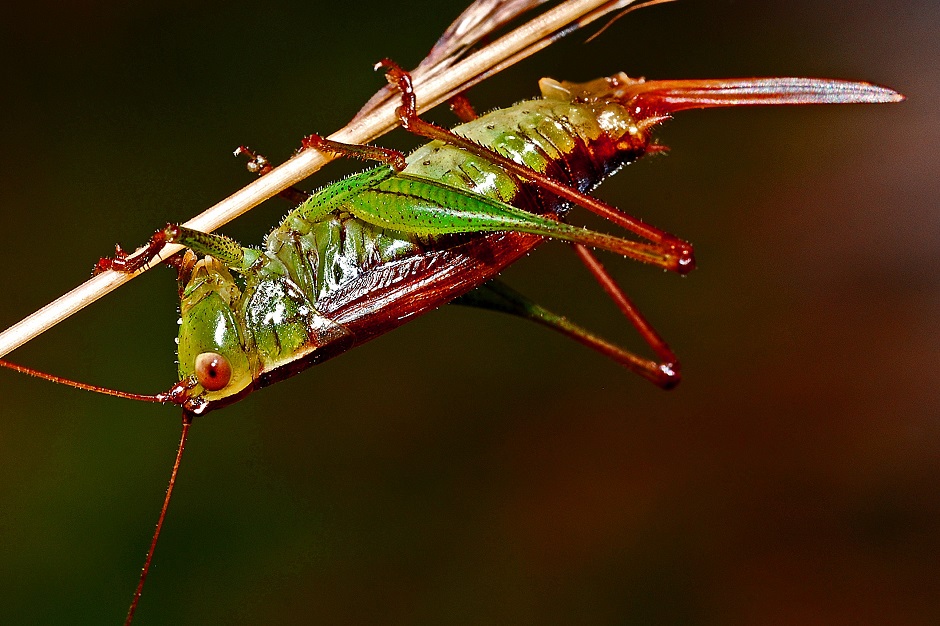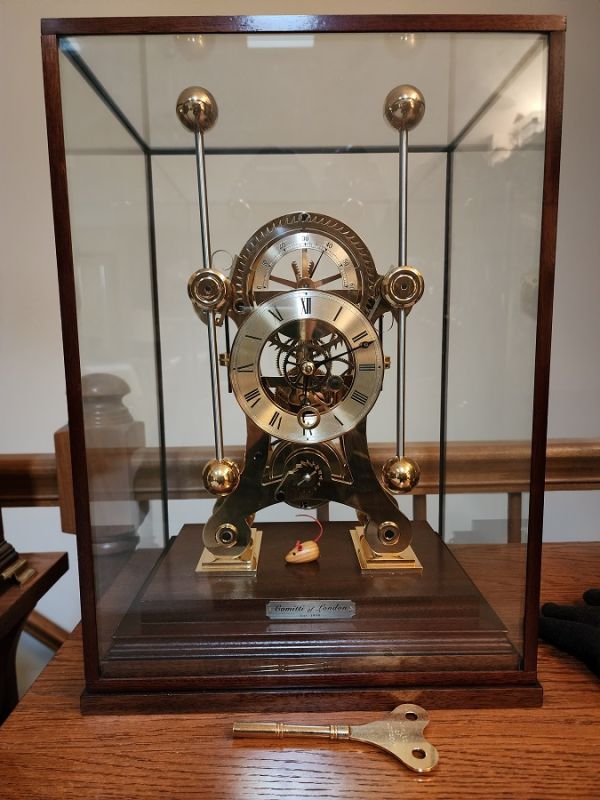It's a Team's Life

Ah, Grasshopper Gave Us Longitude
Interesting title for a blog. What does a grasshopper have to do with Longitude. Well, read on and you will see why.
Most of us all have a Global Positioning System (GPS) device. We use it put in locations that we are going to. What we do is not use street address when we put locations into our GPS, we use Latitude (LAT) and Longitude (LONG) coordinates. Most locations we pickup and deliver to the docks are not at the main human entrance. They are on a side road, etc. Let’s take a look at both the LAT and LONG. This blog will mainly cover Longitude.
It took centuries and many different astronomers, cartographers and navigators to work on this problem to come up with a viable solution on figuring our Longitude. Many different possible solutions were put forward but none were feasible to implement. Not until the early 1700’s that clock makes came up with a possible solution to calculating Longitude. More on these clock makers later.
Longitude is very important because it is a way to calculate your east and west position location on earth. It had been calculated in different manners but none really were accurate until John Harrison built a clock that could keep precise time on land and sea. The location where time would be set is Greenwich Mean Time (GMT). So, if you know what time it is at GMT and you know what time it is where you are you can calculate your longitude.
Latitude is also important as longitude since put together will give your precise cross hair location on earth. Latitude is where you are north or south. Latitude can and has been calculated in different ways. Those ways are and have been:
Luner distances which can use the moon, stars, etc and is measured using a Sextant.
Satellites of Jupiter which Galileo proposed which with enough knowledge of the satellites you could calculate latitude.
Appulses, occultations, and eclipses - least apparent distance between two objects (the Moon, a star or a planet)
Many people have attempted to come up with a precise way to calculate longitude. The one will talk about in this blog will be John Harrison. He was an English self-educated carpenter and clock maker. Under orders from the British Admiralty he was given the task of inventing and building a chronometer (clock) that would work at sea to keep precise time. Harrison built four clocks each getting smaller in size. He named them H1, H2, H3 and H4. The first clocks H1 to H3 were called Grasshoppers. Why, because the arms (pendulums) moved like a grasshopper’s hind legs (hence our picture at the top of blog). Each version would get smaller that the proceeding clock. He was able to prefect each model to make it more accurate onboard a sailing ship. Late in his life the British Parliament finally awarded him the promised 20,000 British Pounds for inventing and building a precise time piece that would work on board a ship.
Pic of H1 Grasshopper encasement

Pic of H2 Grasshopper encasement

Pic of H3 Grasshopper encasement

Pic of H4 or also known as “Sea Watch” chronometer

In 2000 A&E network produced a television miniseries called “Longitude”. It was a four episode. It was based on a book titled “Longitude” written by Dava Sobel. In this miniseries it tells the story of John Harrison’s life building and creating his four clocks to precisely calculate Longitude. The story is told thru the eyes of Rupert Gould who was a British Naval officer who studied horology (the science and study of timekeeping devices). He also was given permission to restore the John Harrison time pieces. This miniseries was first release on VHS tape and is also available on DVD. If you get a chance to ever watch the miniseries, we highly recommend it.
This is our Comitti of London replica of John Harrison’s Grasshopper.

Sandy & Stephen
Let’s Roll We’re Burning Daylight - “Wil Anderson” (The Cowboys) John Wayne
